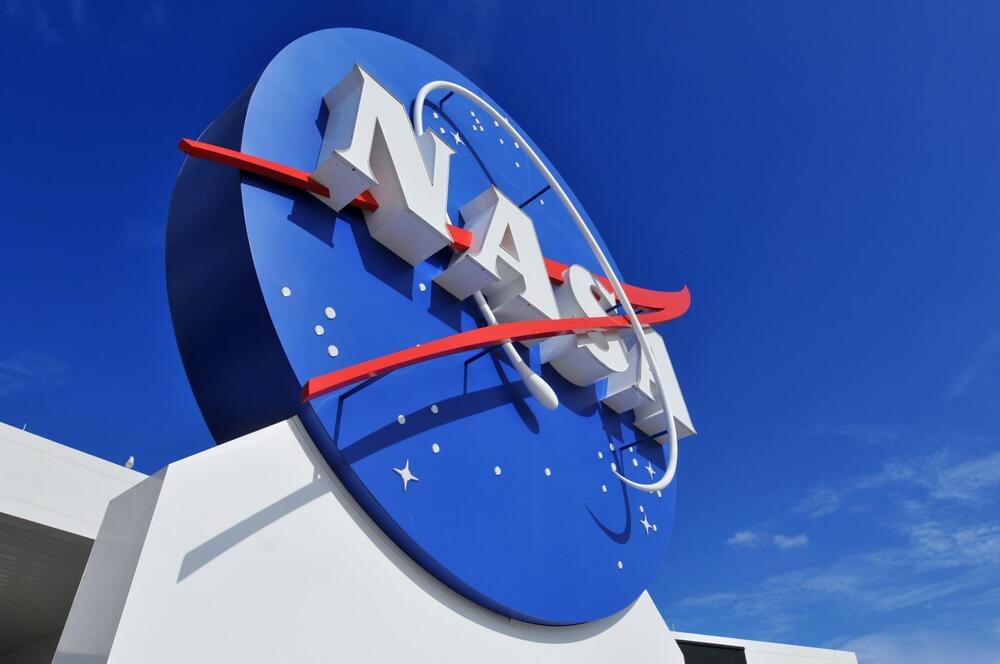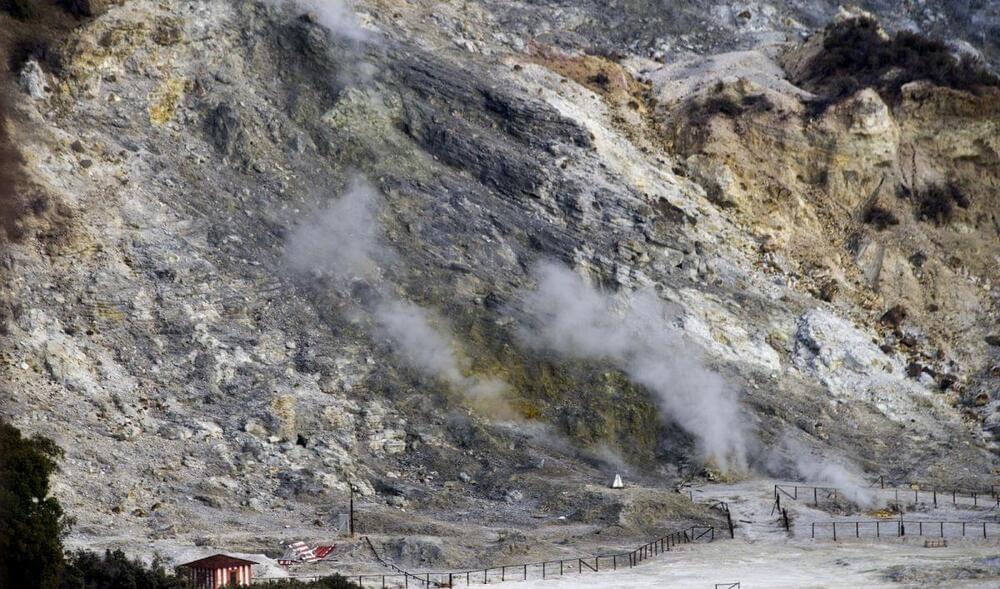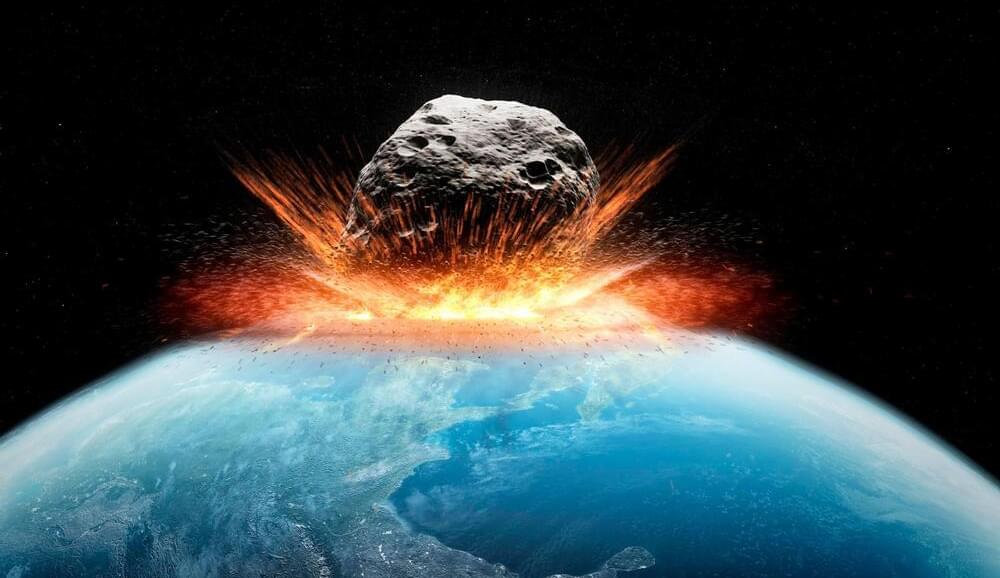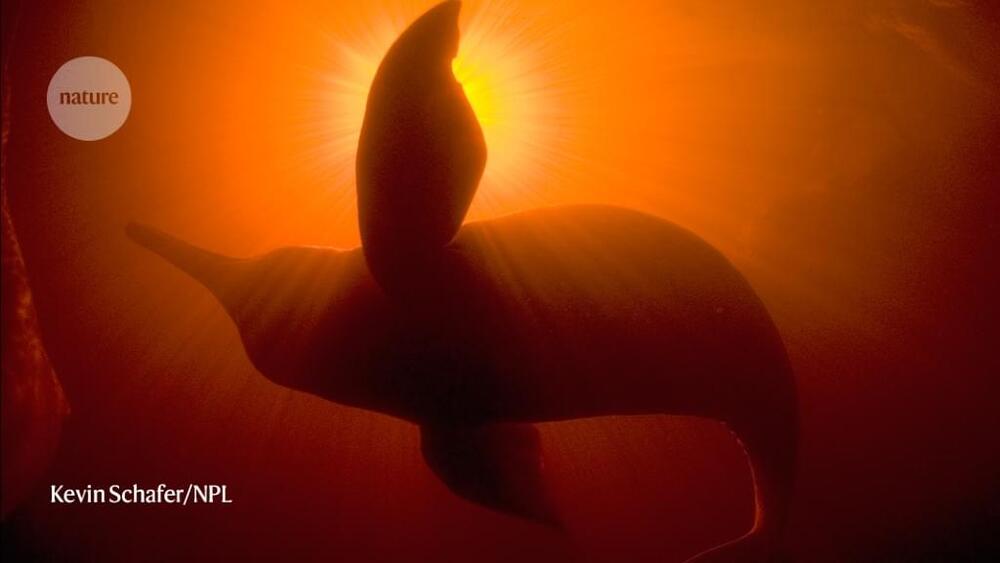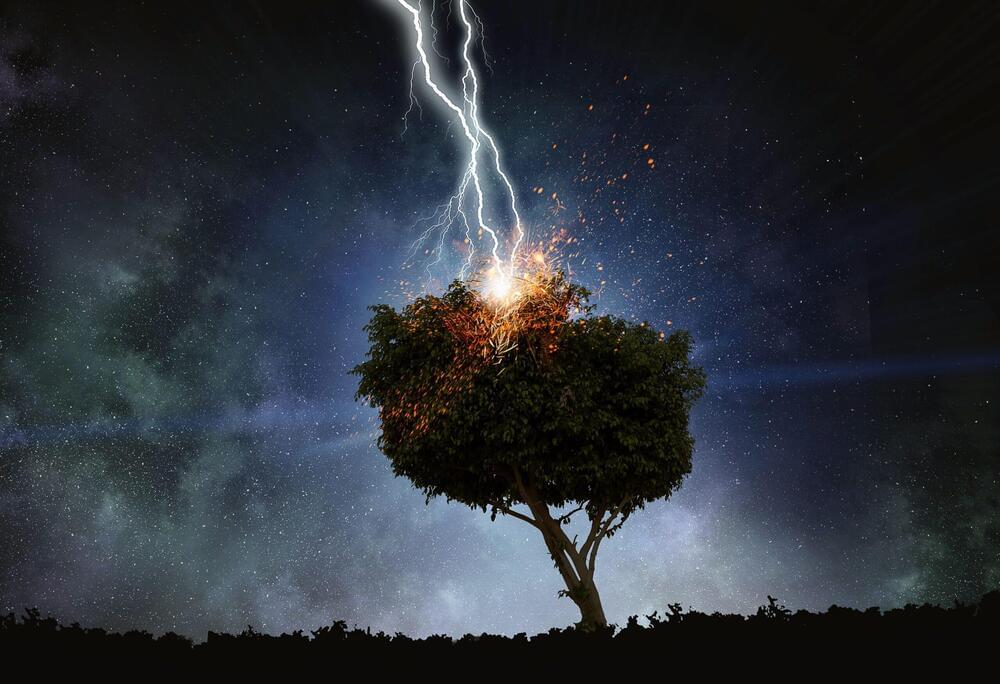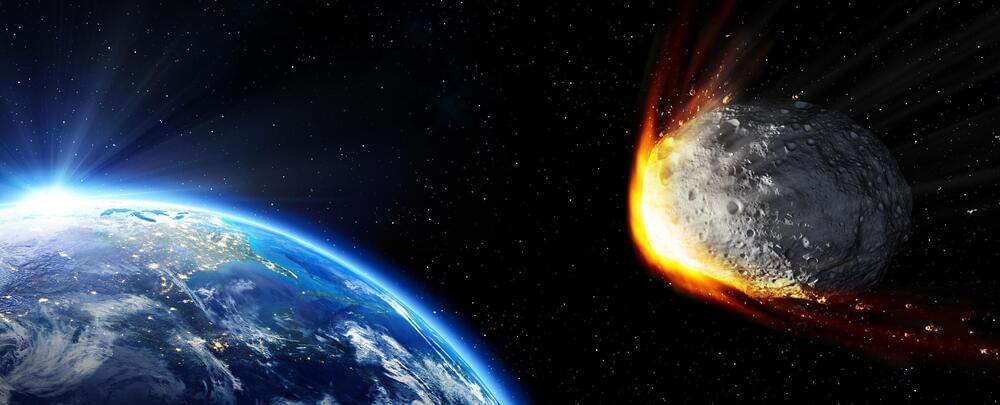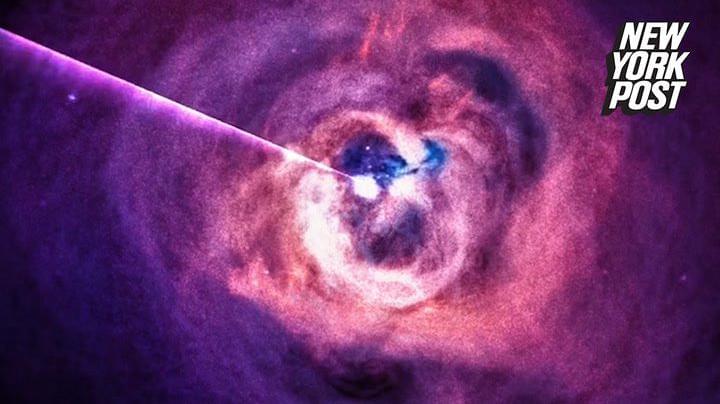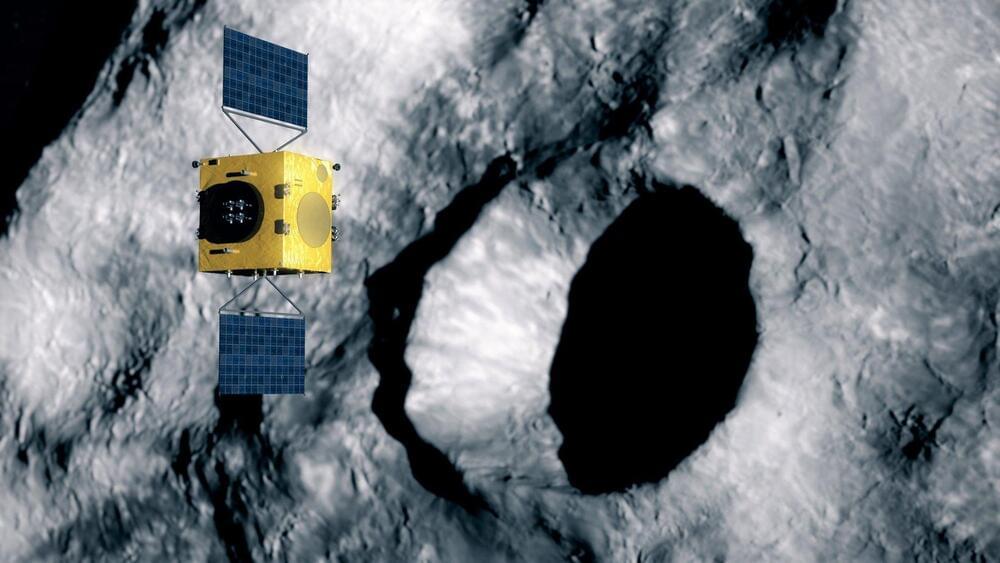Most Americans favor NASA’s focus on deflecting asteroids to protect Earth rather than pursuing lunar and Martian exploration.
In a galaxy not so far away, most Americans are casting their eyes on the skies, but not necessarily on the Moon or Mars. A recent survey by the Pew Research Center has unveiled that most Americans are more concerned about the threat of potential asteroid impacts on Earth, urging NASA to deflect these space intruders rather than diverting its resources to lunar and Martian exploration.
The survey, conducted among over 10,000 individuals, offers an insightful glimpse into the public’s views on space exploration, NASA’s role, private space companies, and the United States’ position as a leader in space.
